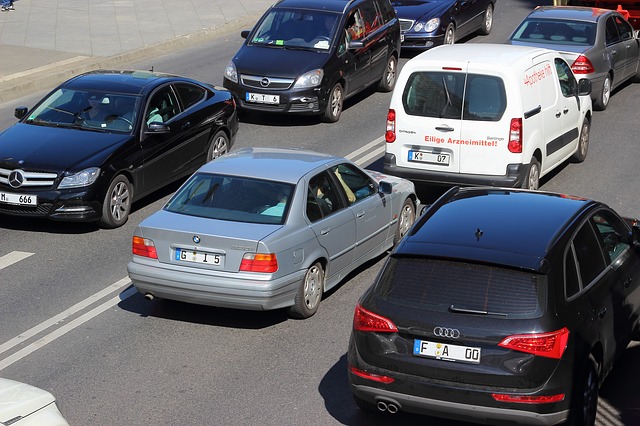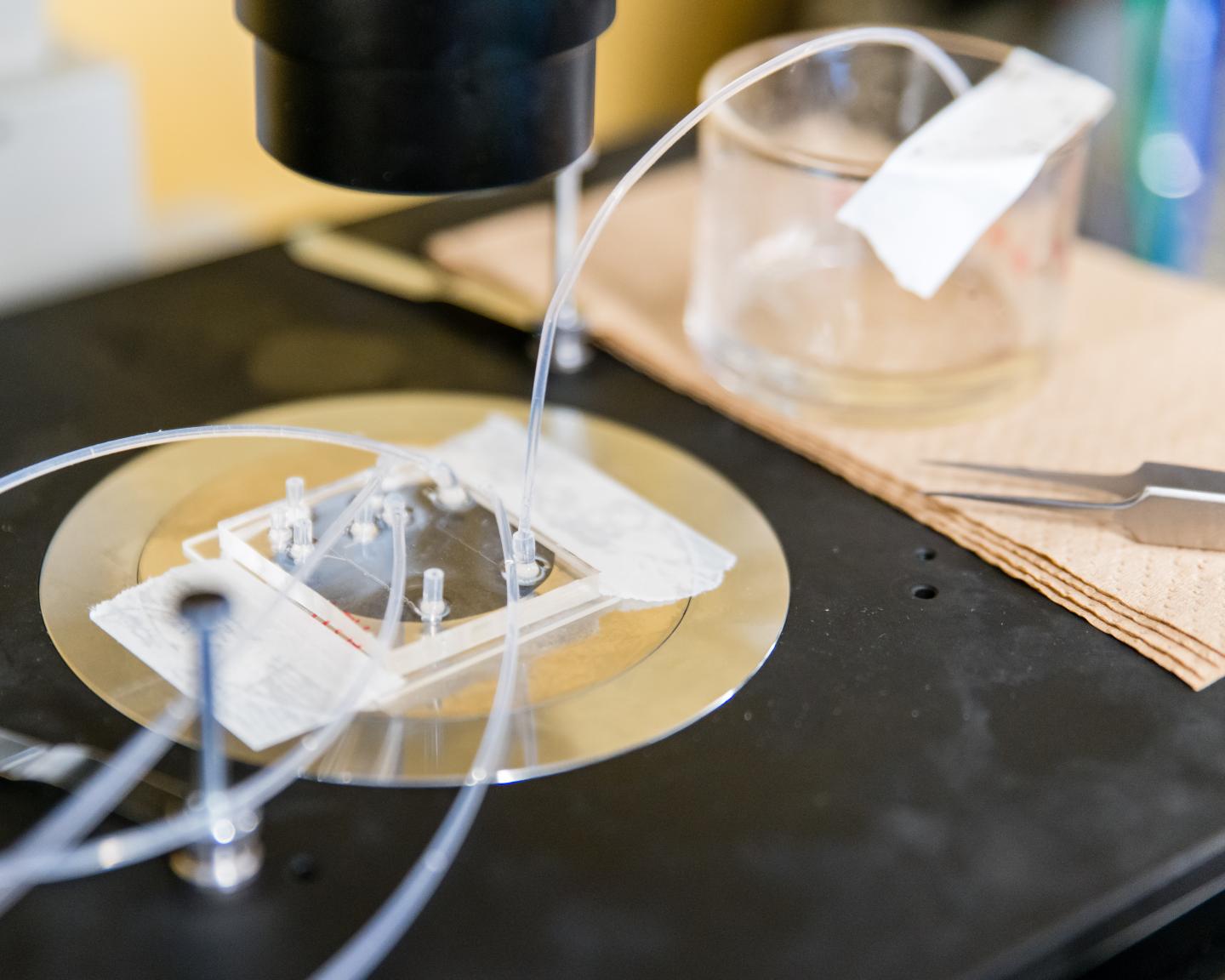If you have type 2 diabetes, use insulin, and live near a high-traffic road, then you have a significant increase in risk factors for many cardiovascular and metabolic diseases due to inflammation. But what if you don’t use insulin? Read to learn more.
A two-year epidemiological study of Puerto Rican adults with type 2 diabetes in the greater Boston area who were using insulin and lived next to roads with heavy traffic had markedly increased C-reactive protein, a marker of inflammation, compared to those living in lower traffic areas. Individuals taking oral diabetes medications did not experience increases in CRP concentration.
The study, published online in Environmental Pollution, builds on the research team’s previous work suggesting that oral diabetes medications may provide a protective effect against inflammation for people with type 2 diabetes.
 “C-reactive protein (CRP) concentration increased 75-200% over the two-year period for those 10% of study participants living in the highest traffic areas who were using insulin when compared to those living in lower traffic areas.
“C-reactive protein (CRP) concentration increased 75-200% over the two-year period for those 10% of study participants living in the highest traffic areas who were using insulin when compared to those living in lower traffic areas.
In contrast, CRP concentration did not increase for the 22% of people taking metformin and/or other oral diabetes medications who were also living in the high traffic areas,” said Christine Rioux, Ph.D., M.S., first and corresponding author, research assistant professor in the department of public health and community medicine at Tufts University School of Medicine
Prior studies of the adverse health effects of traffic or air pollution have not considered the role that type of medication may play in relation to inflammation for people with diabetes.
In a cross-sectional study published in 2011, this research team reported that medication type appeared to modify the relationship between traffic exposure and CRP concentration.
Continue Reading Below ↓↓↓
Of the 356 participants in the new study, approximately 20% lived within 100 meters of one or more roads with more than 20,000 vehicles/day. Another 20% lived within 100 to 200 meters of roads with more than 20,000 vehicles/day.
Approximately 70% of the 356 participants in the study lived in Boston neighborhoods, including the South End, Dorchester, Roxbury and Jamaica Plain. CRP was measured at the beginning of the study and again two years later, using a high sensitivity test.
Study participants are part of a larger cohort of Puerto Ricans living in the Boston, MA area who were found to have a high prevalence (40%) of type 2 diabetes. Of 356 study participants, 91 (26%) used insulin, 197 (55%) used only oral diabetes medication and 68 (19%) reported using no diabetes medication.
“It’s important to know who is most vulnerable to the adverse effects of traffic pollution exposure for purposes of education and policy. People who live near busy roads and spend most of their time in these areas have been shown in many studies to have higher levels of inflammation, a risk factor for many cardiovascular and metabolic diseases. People on insulin appear to be even more susceptible to increases in inflammation when living in high traffic areas. People can reduce their exposure to traffic pollution by keeping windows closed during the heaviest traffic periods of the day, using air conditioners in the summer months, and avoiding heavy exercise near busy roads, especially during peak traffic times,” said Rioux.
“This study is important because many people who live near highways may have diabetes and other serious chronic conditions. It’s interesting to see that treatments for diabetes may interact with the risks associated with exposure to air pollution. While this is an intriguing finding, it is not clear why oral diabetes medications, unlike insulin, appear to be protective and it warrants additional research,” said last author Mkaya Mwamburi, M.D., Ph.D., M.A., director of the Center for Global Public Health and associate professor in the department of public health and community medicine, both at Tufts University School of Medicine.
This analysis is part of the Boston Puerto Rican Health Study at the Center for Population Health and Health Disparities, a longitudinal cohort study on stress, nutrition, aging and chronic health conditions conducted by researchers at the University of Massachusetts at Lowell, Northeastern University, and Tufts University, led by co-author Katherine Tucker, Ph.D., professor of nutritional epidemiology at the University of Massachusetts, Lowell. Doug Brugge, Ph.D., M.S., professor in the department of public health and community medicine at Tufts University School of Medicine is an additional co-author.
Research reported in this publication was supported by the National Institute of Aging (NIA) under award number P01AG023394 and the National Heart, Lung, and Blood Institute (NHLBI) under award number P50HL10518501. Co-author Doug Brugge was also supported by the National Institute of Environmental Health Sciences (NIEHS) under award number ES015462. NIA, NHLBI, and NIEHS are part of the National Institutes of Health.
Rioux, C.L., Tucker K. L., Brugge, D., and Mwamburi, M. (2015, March 24). Medication type modifies inflammatory response to traffic exposure in a population with type 2 diabetes. Environmental Pollution, 202, 58-65. doi:10.1016/j.envpol.2015.03.012
Source: Tufts University











